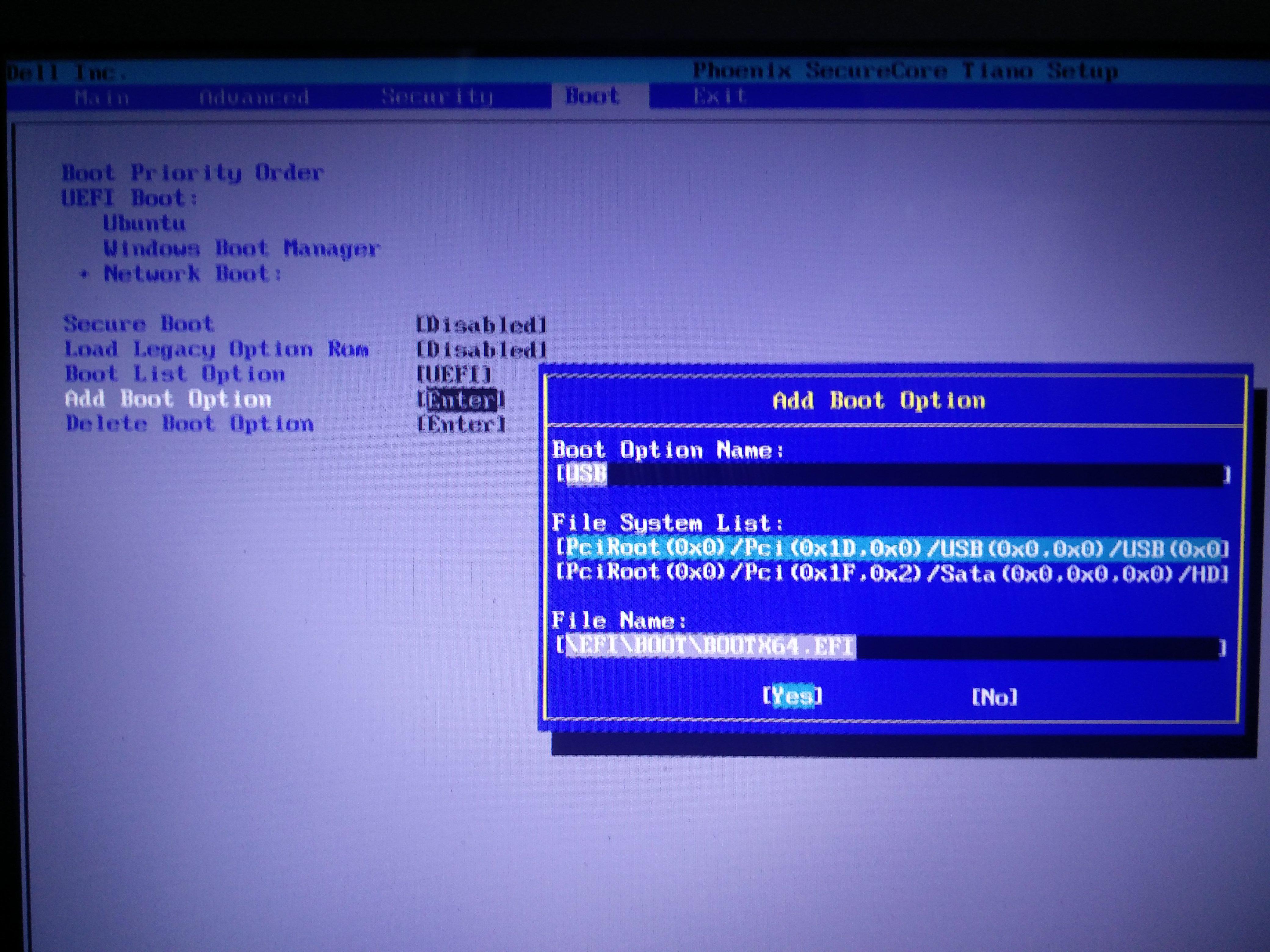

The image contains a standard ISO9660 partition, but does not include the UDF partition.

This allows to view and run files from ELTorito images from GRUB2. They are used to register the two ELTorito images (FAT12 and HFS +) as native partitions. There is no hybrid funcionality.įirst image contains two file systems - APM and GPT. I added grub2-EFI and removed unnecessary files.
GRUB2 WINDOWS 10 ISO EFI WINDOWS 8.1
The second image is modified original Windows 8.1 ISO using UltraISO. Xorriso -as mkisofs -iso-level 4 -U -V "KyvaithService" -isohybrid-mbr boot/isohybrid.mbr -no-pad -boot-catalog-hide -b boot/grub/i386-pc/eltorito.bin -no-emul-boot -boot-load-size 4 -boot-info-table -eltorito-alt-boot -e boot/efiboot.img -no-emul-boot -isohybrid-gpt-basdat -isohybrid-apm-hfsplus -eltorito-alt-boot -e boot/macboot.img -no-emul-boot -isohybrid-gpt-hfsplus -isohybrid-apm-hfsplus -o ~/LUN0.iso. The first image is a hybrid ISO generated using xorriso 1.3.8: Unfortunately, despite slight progress, I still can not achieve a expected result.Īs promised, I've uploaded ISO files. I'm sorry I did not say anything since the last post, but I thought I found a clue.
GRUB2 WINDOWS 10 ISO EFI INSTALL
iso modifying it.īEFORE the above, can you try creating a "normal" (or at least "normal according to MS") BIOS/UEFI install cd/dvd using the OSCDIMG tool as detailed here and see if "as is" it works on your test systems?: So, the only chances (provided that xorriso cannot definitely create a UDF filesystem or actually *whatever* stupid UEFI Windows *needs*) are some ways (if any) to post-process the.
GRUB2 WINDOWS 10 ISO EFI MAC
I am NOT familiar with the whatever APM is and what actually an old Mac would *need*.I have NO idea how xorriso works and it came out just when I thought that no tool on earth could have a more complex and worse documented set of command options than mkisofs, clearly proving me wrong.hopefully a copy of the (empty, I don't need/want the actual files) pre-made.how EXACTLY (by EXACTLY I mean which specific xorriso version you are using, on which specific os with which EXACT command lines) you are now creating the.What I need to be able to try and help you is: and booting on *any* machine including BIOS/UEFI?". I read your current issue more as "forget about the use I will make later of this, how can I make a DVD or a DVD-like image that will be compatible with 1, 2, 3 etc. It is rather obvious, but I wanted bphlpt to research on the matter, technically those Zalman (which has BTW gone on the verge of bankrupt in the meantime ():Īre much more sophisticated, dedicated solutions (those and some more listed here): There are external hard drives, which theoretically could do such a thing. Seriously, some (most) USB stick controllers have the possibility of exposing themselves to the BIOS/OS as a "combo" device with two LUN's (you remember good ol' SCSI? ), the second can only be a "hard disk like" device, the first one can usually be eithe a "hd like" device or a "CD/DVD like" device, see these: And also if such a build could be made using a USB drive instead of a stick to allow storage of other data and apps.Īs soon as you will find a USB bridge for a hard disk that allows two LUN's of which one (the first) being a CD/DVD like device, I am sure that the info will be useful to port the method/approach on a USB hard disk. I will be interested to read the final details of exactly how you built such a stick, and also the details of all the way such a stick can be used.


 0 kommentar(er)
0 kommentar(er)
